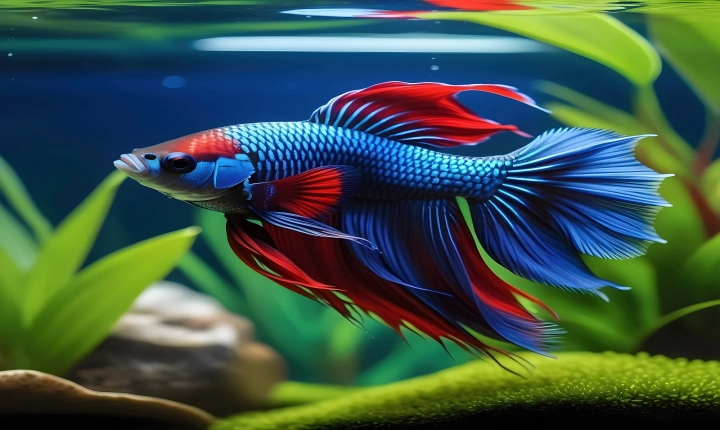How to Get an AI File to Work in InDesign
Adobe Illustrator (AI) and InDesign are two powerful programs that are commonly used in the graphic design industry. AI is used for creating vector-based graphics, while InDesign is used for layout and publishing. Oftentimes, designers need to bring their AI files into InDesign to incorporate illustrations and graphics into their layouts. However, there are certain steps that need to be taken to ensure a smooth transition from AI to InDesign. In this article, we will explore how to get an AI file to work effectively in InDesign.
1. Save the AI File in a Compatible Format
Before importing an AI file into InDesign, it is important to save the file in a compatible format. In Illustrator, go to File > Save As and choose the format as .eps or .pdf. Both of these formats are compatible with InDesign and will preserve the vector properties of the artwork.
2. Prepare the AI File
When working with complex AI files, it is essential to prepare the artwork before importing it into InDesign. This includes outlining text, expanding strokes, and creating compound paths. Outlining text ensures that the fonts are preserved and appear correctly in InDesign, while expanding strokes and creating compound paths help maintain the integrity of the artwork.
3. Import the AI File into InDesign
Once the AI file is saved in a compatible format and prepared for import, open InDesign and go to File > Place. Choose the AI file from the dialog box and click “Open”. InDesign will then place the AI file into the document, and you can position it as needed.
4. Edit the AI File in InDesign
After placing the AI file in InDesign, you may need to make adjustments or edits to the artwork. InDesign allows you to modify the scale, rotation, and position of the AI file as well as apply various effects and styles to it. This gives you the flexibility to integrate the AI graphics seamlessly into your layout.
5. Export the InDesign File
Once the AI file is successfully integrated into your InDesign layout, you can proceed with finalizing your design. When you are ready to publish or share your work, go to File > Export and choose the appropriate format for your output, such as PDF or print-ready file formats.
By following these steps, you can effectively get an AI file to work in InDesign and create visually appealing designs that combine the power of vector graphics with professional layout and typography. Understanding the compatibility and preparation process for importing AI files into InDesign will streamline your workflow and help you achieve your design goals with ease.
